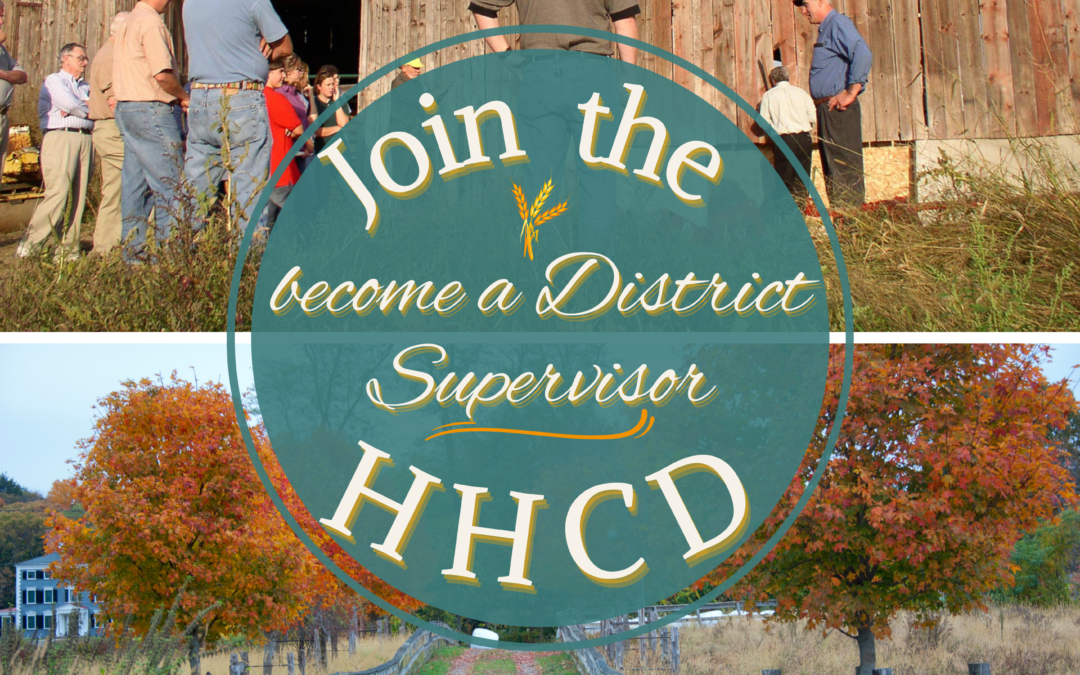
This Winter, Feed the Birds!

Winter is a wonderful time to observe birds in your backyard, especially if you invite them to your property with bird feeders. Lacking adequate food and water that they need to stay warm and healthy throughout the season, birds are more dependent upon feeders, and more courageous than at other times of year. There is less place for them to hide among the bare deciduous trees, especially if there is snow on the ground, providing ample opportunity to catch a glimpse of the many species that winter in Massachusetts. According to Mass Audobon, the most common species in our area this time of year are: American Goldfinches, American Tree Sparrows, Black Capped Chickadees, Carolina Wrens, Cedar Waxwings, Dark-eyed Juncos, Eastern Bluebirds, European Starlings, Mourning Doves, Northern Cardinals, Northern Mockingbirds, Tufted Titmice, White-breasted Nuthatches, & White-throated Sparrows.
Winter is hard for birds – placing feeders on your property with healthy food helps to ensure they get the nutrition they need to make it through the cold months. Black oil sunflower seeds attract the greatest diversity of species, are high in fat and nutrients, and have a high meat-to-shell ratio. Birds that feed on insects, such as chickadees, woodpeckers, and nuthatches, will be attracted to peanuts, peanut butter, or suet. Other birds prefer fruit, such as robins, thrushes, bluebirds, and waxwings. Raisins, currants, sliced apples, oranges, and frozen berries can attract these species to your yard. Birds will also enjoy cheese, mealworms, and eggshells!
While different species and individuals have different preferences, there are some food items you shouldn’t offer to any bird – such as bread, rotten food, table scraps, chocolate, and meat. As temperatures dip below freezing, fresh water can be as scarce for birds as food. Consider installing a bird bath in your yard to attract even more birds, and monitor it to make sure that it doesn’t freeze. There are even heated bird baths available.
The Cornell Lab of Ornithology states that the “ideal feeder is sturdy enough to withstand winter weather, tight enough to keep seeds dry, large enough that you don’t have to refill it constantly, and easy to assemble and keep clean”. The three types of feeders are tray, hopper, and tube feeders. Proper care of your bird food and feeder is essential, as a dirty feeder can become a source of infectious diseases for birds. T
Explore the links below to learn what types of food is preferred by different species, how to make your own bird food, which feeders to place in your yard, where to locate them, and how to maintain your feeder. Let us know if you have suggestions for feeding birds – or what species you are seeing in your yard this year!
Sources
- https://www.massaudubon.org/learn/nature-wildlife/birds/fall-winter-birds
- https://feederwatch.org/wp-content/uploads/2013/10/BirdNote01-Winter-Bird-Feeding-_for-PDF_2012-10-22-RGB.pdf
- https://www.whatbirdsareinmybackyard.com/2021/02/feeding-winter-birds-in-massachusetts.html
- https://www.homesandgardens.com/advice/feeding-birds-in-winter









